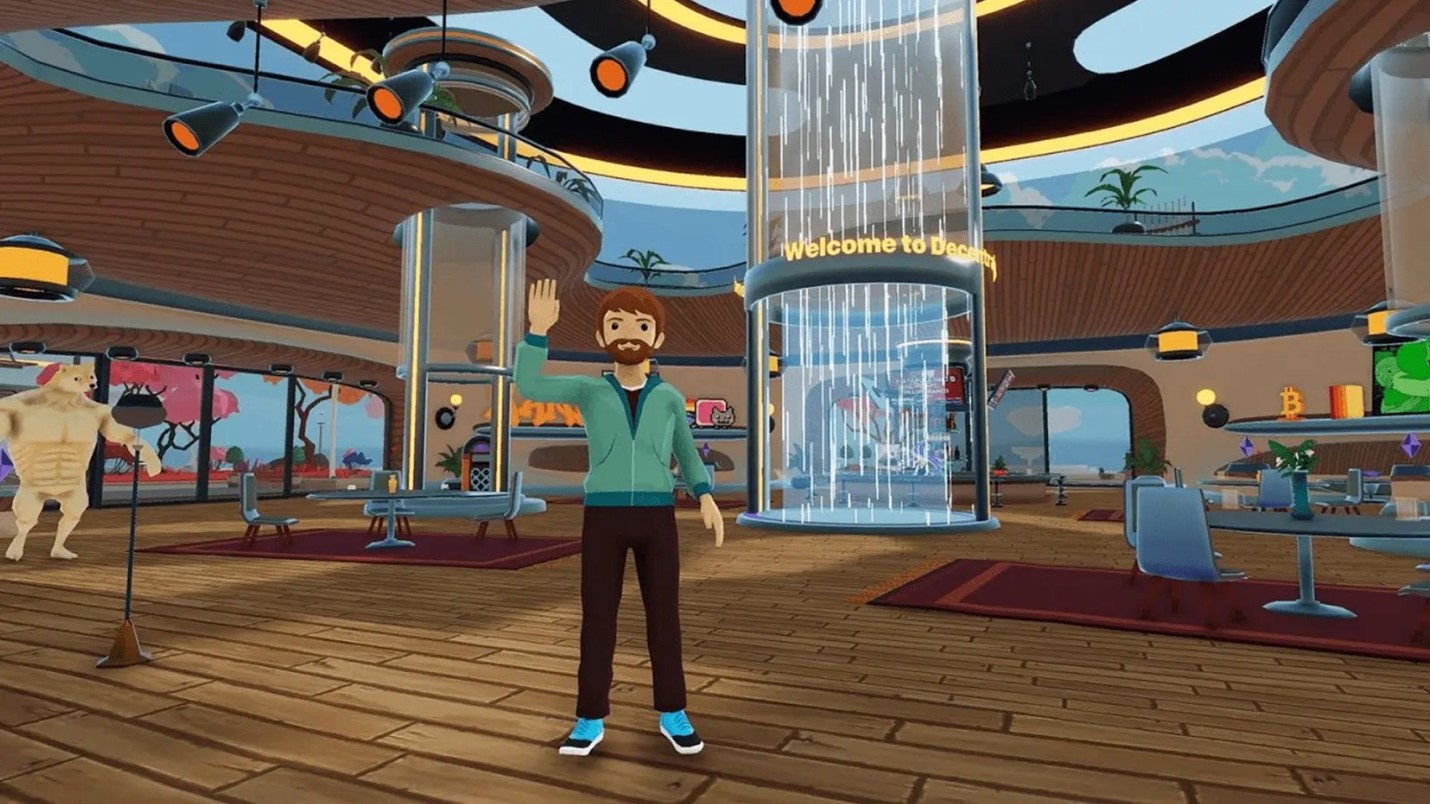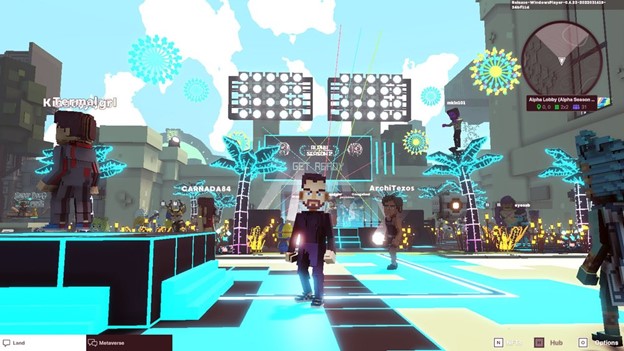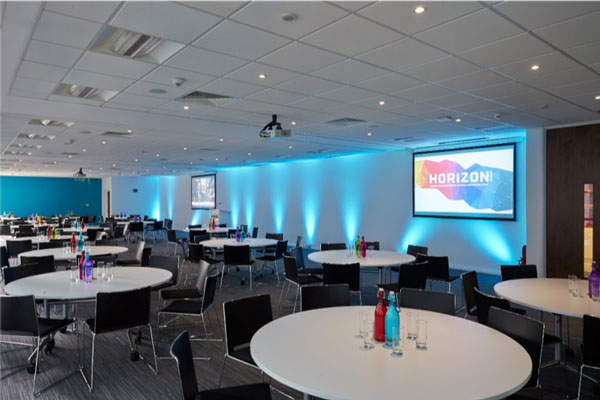Jonathan Brigden (pictured), managing director, Studio Giggle, outlines the pros and cons of four metaverses.
The interest in metaverses is at a fever pitch after a spate of high-profile projects from the likes of Nike, Barbie, Samsung and Forever 21. Indeed some are predicting metaverse spend will account for 30% of all creative business in the coming years.
Metaverses, of course, are not a replacement for your live events. Instead, many view them as value-adds, with benefits including massive brand-building possibilities, extended networking opportunities, a permanent showcase for your company or event, and novel experiences for customers or staff.
Metaverses have options to ‘dip your feet in’ via various functionalities which allow you to experiment with fun, playful experiences. It helps, however, to get a flavour of the pros and cons of each metaverse to suit your goals as a company before you put your creative minds to work.
Here are four popular metaverses from an event planners’ perspective, considering factors like user experience, aesthetics, accessibility and monetisation:
1. Fortnite

Before it was called a ‘metaverse’ it has been quite simply one of the biggest games in the world. It started out as a Battle Royale style shoot-em-up, but has evolved into a gaming platform where companies, artists and organisations build experiences unique to their worlds.
Users can create otherworldly attractions, like a black hole or even entire live concerts, like Travis Scott’s live concert or Marshmello’s stint in Fortnite. It’s worth considering too, that for its 80m users worldwide.
Pros
• Familiar and easy for users to navigate, instantly
• Impressive graphics
• Was home to some of the most lauded virtual concerts
• Well-established user base
Cons
• Not decentralised (if this is important)
• A bit of a ‘geeky gamer’ image
2. Roblox

Roblox ranks among the top metaverse platforms and provides a platform in which users can play a variety of games, created by other users.
Currently, the platform possesses over 20m games published by its users, and developers can earn as much as $1m in a single year if they monetise their games.
Roblox is also building its own unique metaverse, and recently introduced a ‘spatial voice chat’ feature to enhance virtual conversations and real-life conversations.
Pros
• Familiar and easily accessible
• Fun customisation
• Easy to develop on
Cons
• Lacks the decentralised ‘crypto cred’
• The avatars might be too ‘cartoony’ for some companies
• It is targeted to a younger skewed audience which may be restrictive
3. Decentraland

The final two metaverses in this list are advanced in their adoption and offerings, and, thanks to their blockchain functionality, provide potential for micropayments and NFT usage.
These two elements allow for monetisation and the creation of unique assets tailored to your company or event brand to use in your bespoke world.
It’s widely believed that, once brands and users realise how they can personally profit from the platforms success, centralised Web 2 platforms like Roblox and Fortnite will suffer. It’s important to note, however, that there are monetisation options available in centralised platforms, such as Roblox.
Decentraland is a 3D virtual world hosted on the Ethereum blockchain. Users can create avatars and purchase plots of land (which is in limited supply, potentially increasing its value over time), which they can use to produce rich in-world content. The Decentraland Marketplace allows players to trade various items, all of which are denoted in $MANA – Decentraland’s native token.
Pros
• Quite well established as a decentralised project with a lot of projects already built
• Moving to the Polygon chain and ‘proof of work’ which should make fees much cheaper than The Sandbox
• Buying $MANA is tipped as a wise investment, so you could profit from early adoption
• Friendly for brand partnerships
Cons
• Not as developer friendly as The Sandbox
• Not as familiar to many as Fortnite, Roblox etc
• Owning land is expensive but can be viewed as an investment
4. The Sandbox

The Sandbox is another Ethereum-based virtual world, much like Decentraland. It differentiates itself, however, by offering unparalleled levels of customisability through the ‘VoxEdit’ service, a 3D voxel modelling and NFT creation software.
Your creations are almost unlimited in scope and are then able to be monetized by selling to other players via The Sandbox’s marketplace, ‘The Sandbox Shop’, powered by $SAND, its transactional token.
The Sandbox has partnered with over 165 brands including Adidas, Opera, Binance, and rapper Snoop Dogg, AMC TV series The Walking Dead, children’s cartoons Care Bears and The Smurfs, gaming brand Atari and non-fungible token (NFT) collection CryptoKitties.
They’ve also been recently supported by SoftBank, one of the biggest investment companies in the world, with a $93m funding round.
Pros
• Easy development
• Very flexible customisation
• Of the decentralised projects, it’s the most highly rated
• Known for brand partnerships
Cons
• Not yet fully established
• Far fewer users than Roblox/Fortnite
• Owning Sandbox land is expensive but can be seen as an investment



















